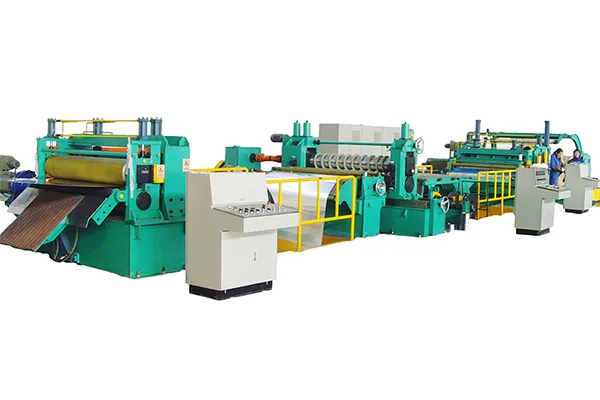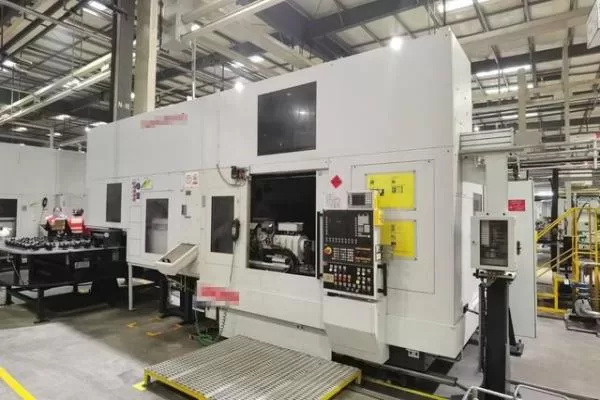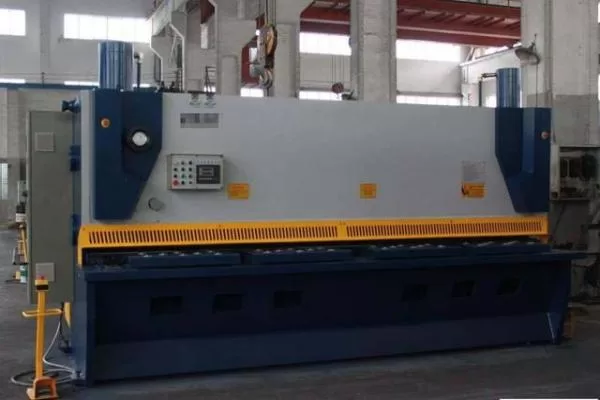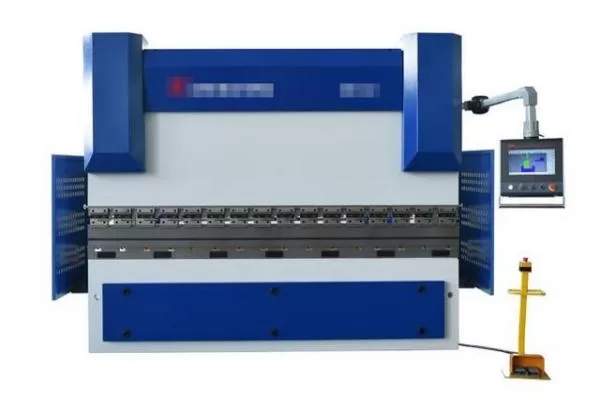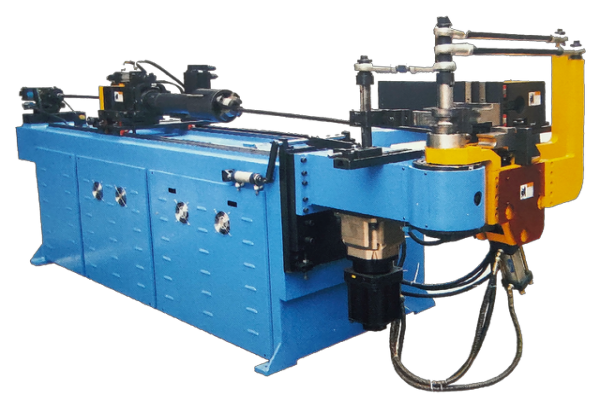
The Latest Trends in Metal Sheet Forming Technology
- By:Metmac
- 2024-07-15
- 144
Metal sheet forming is a critical process in various industries, including automotive, aerospace, and electronics. As technology advances, innovative techniques are emerging to enhance the efficiency, precision, and versatility of metal sheet forming. This article explores the latest trends in metal sheet forming technology, providing insights into their transformative capabilities.
Additive Manufacturing for Sheet Metal
Additive manufacturing (AM), also known as 3D printing, is revolutionizing metal sheet forming processes. AM enables the direct fabrication of complex shapes and geometries that are impractical or impossible to produce using traditional methods. By building up layers of material, AM offers design flexibility, reducing waste and allowing for customization.
Laser-Based Technologies
Laser technology has become increasingly prevalent in metal sheet forming. Laser cutting, welding, and forming techniques are utilized for precision cutting, intricate welding operations, and shaping of sheet metal. Laser technologies offer high accuracy, reduced heat-affected zones, and enhanced surface quality, making them ideal for applications requiring precision and detail.
Intelligent Forming Processes
Intelligent forming processes incorporate sensors, data analysis, and artificial intelligence (AI) to optimize sheet metal forming operations. These systems monitor process parameters, such as temperature, pressure, and strain, in real-time and adjust forming conditions accordingly. By leveraging data and algorithms, intelligent forming processes improve forming accuracy, reduce defects, and extend tool life.
Advanced Materials and Coatings
The development of advanced materials and coatings is pushing the boundaries of metal sheet forming. High-strength steels, lightweight alloys, and corrosion-resistant coatings enable the production of stronger, lighter, and more durable sheet metal components. Advanced coatings also enhance surface properties, improving wear resistance, corrosion protection, and aesthetic appeal.
Integration of Simulation and Optimization
Simulation and optimization techniques play a crucial role in optimizing sheet metal forming processes. Finite element analysis (FEA) and other simulation tools allow engineers to predict forming behavior, identify potential defects, and optimize process parameters. This integration of simulation and optimization reduces trial-and-error approaches, saving time and resources while enhancing process efficiency.
Sustainability and Environmental Considerations
Sustainability and environmental concerns are driving advancements in metal sheet forming technology. Eco-friendly forming fluids, energy-efficient equipment, and innovative recycling processes aim to minimize environmental impact. By reducing waste, conserving energy, and employing sustainable practices, the industry is progressing towards responsible and environmentally conscious metal sheet forming.
Conclusion
The latest trends in metal sheet forming technology are transforming the industry, offering unprecedented capabilities and efficiency enhancements. Additive manufacturing, laser technologies, intelligent forming processes, advanced materials and coatings, simulation integration, and sustainability initiatives are shaping the future of metal sheet forming. These innovations enable the production of complex and lightweight components with improved quality, durability, and environmental friendliness, driving progress in various sectors and empowering manufacturers to meet the evolving demands of the modern world.
-
High-Precision Solutions from Leading Sheet Metal Cutting Machine Manufacturers
2025/09/11 -
Reliable Sheet Metal Equipment for Sale to Support Precision Fabrication
2025/07/17 -
Advanced Duct Machine AC and Fabrication Solutions from Metmac
2025/07/12 -
The Advantages of Using a Sheet Roll Forming Machine in Manufacturing
2024/09/14
-
Precision and Performance: Advanced Sheet Metal Processing Solutions
2025/10/17 -
Advanced Sheet Metal Press, Shearing, and Forming Machines
2025/10/17 -
High-Performance Sheet Metal Laser Cutting Machines for Sale — Precision and Efficiency Combined
2025/10/17 -
Leading Sheet Metal Laser Cutting Machine Manufacturers for Precision Metal Processing
2025/10/17
-
A Guide to the Latest Innovations in Sheet Metal Folding Machines
2024/11/29 -
Key Features to Consider When Investing in a Sheet Metal Folding Machine
2024/11/28 -
Enhancing Precision with Advanced Sheet Metal Folding Machines
2024/11/27 -
How to Choose the Right Sheet Metal Folding Machine for Your Workshop
2024/11/26

